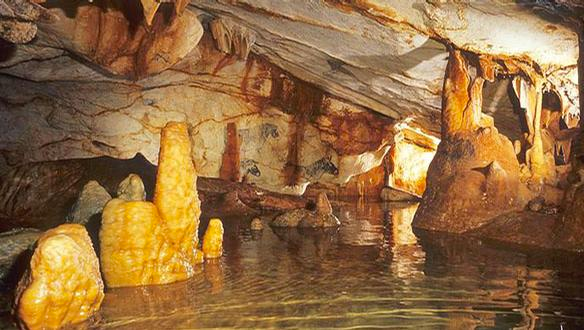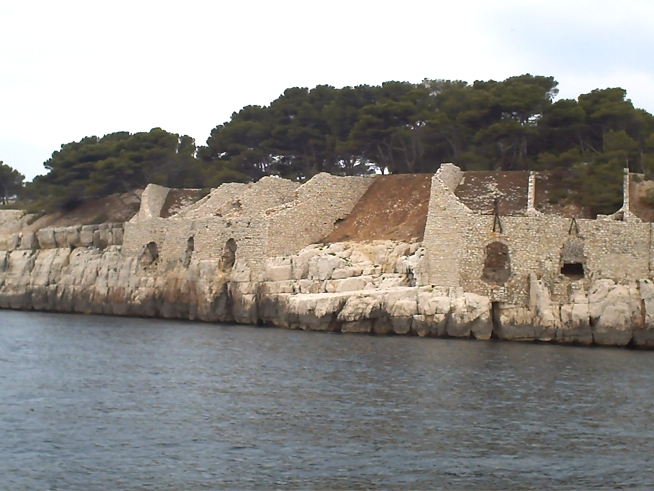Cultural life in Cassis
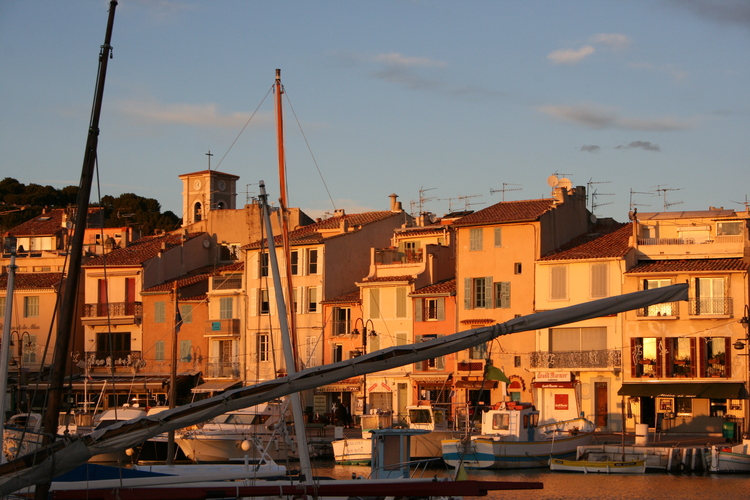
CULTURE
The first traces of the site’s occupation go back to 500 or 600 BC. On the heights of Baou Redon (near La Couronne de Charlemagne (Charlemagne’s Crown)) the remains of dry-stone walls have been found. They were built by the Ligurians, a tribe who lived from fishing, hunting and farming.
Links with Massalia (Marseille), a town founded by the Phocaeans, lead us to assume there may also have been a Greek presence in Cassis.
In Roman times, Cassis was on the Emperor Antoninus’s sea route.
The harbour then extended as far as Place Baragnon. The Arène and Corton coves sheltered industrial pottery and tile manufacturing sites. From the 5th to the 10th centuries, the barbarian invasions led the population to take refuge in the oppidum. Life got organised in the fortified town which, in 1223, became a possession of the Domain of Baux-de-Provence. In the 15th century, after the Baux family had died out, Cassis was attached to the Earldom of Provence, then King René handed the town over to the Bishop of Marseille. Cassis was governed by the bishops until 1789.
MUNICIPAL MUSEUM OF MEDITERRANEAN POPULAR ARTS & TRADITIONS
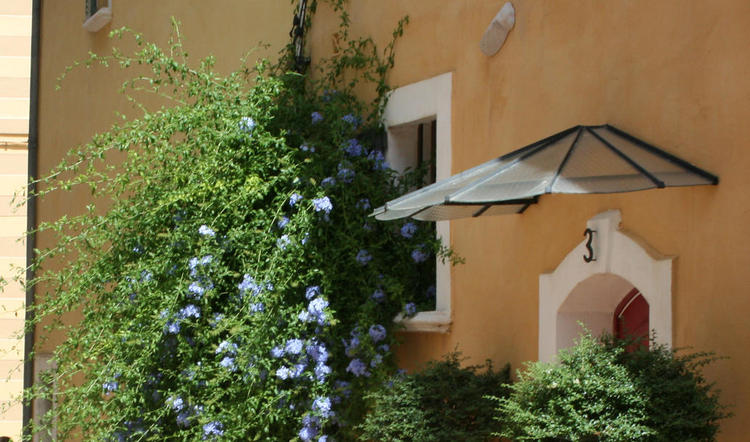
Just two steps away from the harbour, in the heart of the town, the museum is housed in a former presbytery dating back to the beginning of the 17th century.
The building may be austere, but the interior – all charm and balance – is sure to seduce you as soon as you enter. There is a succession of permanent and temporary exhibitions, and Christmas is regularly celebrated there in a very special way.
Its collections of paintings (the oldest one dates from 1601), its Roman remains and amphorae propose a diversity that’s sure to charm the visitors.
CONTACT
Place Baragnon
Phone: +33 4 42 18 37 78
Email : musee@cassis.fr
Free admission. Paying guided tours for groups.
Wednesday to Saturday
June to the end of September:
10am to 12.30 and 2 to 6pm
October to the end of May:
10am to 12.30 and 2 to 5.30pm
LE FOUR BANAL (Communal Oven)
Located in Rue Thérèse Rastit, in the heart of the historical fishermen’s quarter,
it dates from the second half of the 17th century. With its remarkable dimensions and excellent state of preservation, it bears witness to the activities of bygone days.
The excavations undertaken in February and March 2001 by archaeologists from Var led to the discovery of a large number of ceramic artefacts, confirming the existence of an active port in this area between the first and sixth centuries AD.
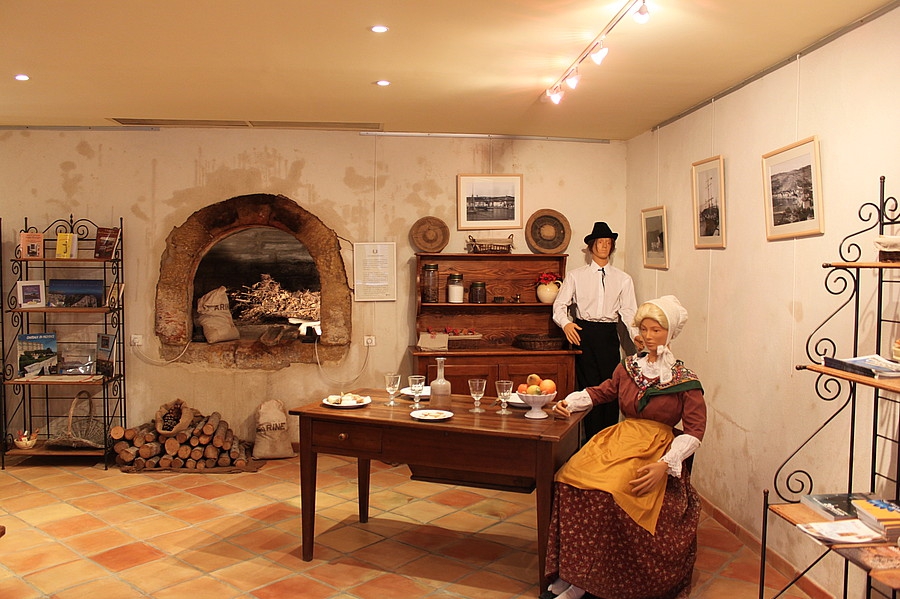
VISIT OF THE COMMUNAL OVEN
The ‘Four Banal’ is open to the public from 9am to 12.30 and from 1.30 to 5pm, every Monday, Tuesday, Thursday and Friday, and on Wednesdays from 9am to 12.30pm (except on public holidays). Free admission.
Information on +33 (0)4 42 01 39 94.
The Tourist Office proposes guided tours in July and August. Information and booking at the Tourist Office.
Painters in Cassis


The charm of Cassis and its light have attracted a large number of artists...
Works depicting the port, village, Calanques and surrounding landscapes are on show in some of the greatest museums.
You can admire artists from the Provençal School in the Museum










